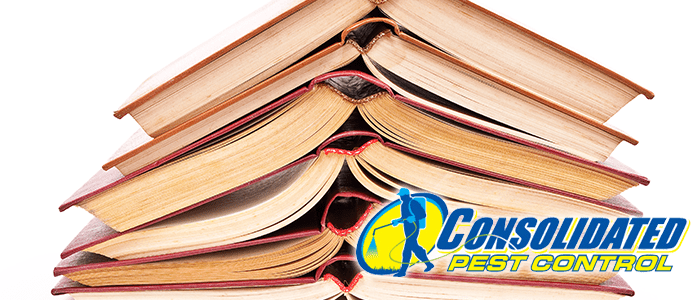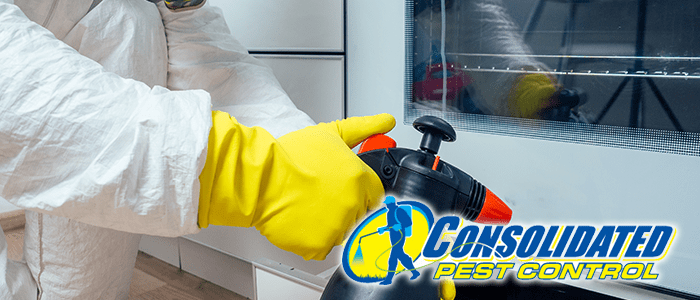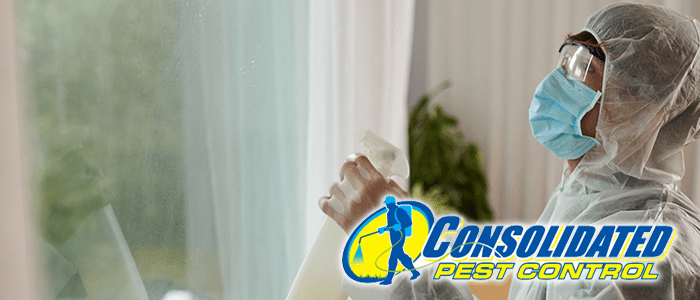
Picture this: It’s a perfect summer day, just enough cloud cover, so you don’t fry, a gentle breeze, and everything is all taken care of. It’s time to relax with your beverage of choice and lounge with a good book you haven’t read in years. You’re getting comfortable, and when you turn past the forward and table of contents. Suddenly you notice them, crawling over your fingers, falling onto your lap, digging in and out of mealy little holes in the pages. Your favorite book has booklice!
Unfortunately, it’s all too common that Mother Nature ignores how much we cherish our belongings. One of the grimiest reminders of that fact shows itself in the wriggling little bodies of booklice. Completely harmless to us and mostly harmless to our belongings, they’re still unpleasant. Even the cleanest home can find the pages of its books crawling with living creatures. What on earth are these little monsters, and how can you get rid of them?
Introduction to Booklice
If you’ve never seen a Psocid, or booklouse, it might be worrying on your first encounter. Let’s dispel some fears right off the bat – These small, soft-bodied insects do not feed on blood. Even though they’re called lice, they won’t parasitize you or any of your pets. They’re not even eating your books, even though they might seem to crawl out of holes in the pages. What they’re really eating is microscopic mold that’s grown on the pages thanks to just the right kind of humidity in your home.
In fact, new homes are a magnet for booklice. The areas around fresh, damp plaster are great at attracting mold growths that these fast-moving little critters feast on. If your kitchen has a leaking pipe or poor ventilation, it’s probably got booklice sneaking around. Though they’re only a millimeter in size, you’re likely to notice them when close to a surface they inhabit due to the speed at which they crawl around.
Solutions to the Problem
They are, luckily, very fragile creatures. In this case, the preventative steps are exactly the same as the curative steps. First, remove any infested materials such as moldy food. Wipe up any visible mold or damp spots, and only put dry dishes in your cupboards. If you have a heating system, dry heat is known to kill them, and if your favorite book happens to be home to some hitchhikers, you can put it in a zip-lock bag and throw it in the freezer for a few days. It might come out a little rough for the wear, but it won’t come out with any unwanted guests.
Ventilation is essential, however. Any damp conditions invite mold to grow, and mold – Even mold you can’t see – Invites booklice in turn. For homes that can’t dry out even with the windows and doors open, you may want to invest in a dehumidifier, as persistent damp can attract more than just booklice. These insects have very rapid life cycles, going from egg to adult in only a couple of weeks and not hanging around much longer than that. By removing the conditions they need to survive, you remove the pest problem. However, some properties, especially newer buildings built in damp conditions, may experience more severe mold and lice issues.
In Conclusion
For these situations, we can’t recommend professional help enough. Professionals have access to gentle insecticides that can run roughshod over these fragile creatures while failing to irritate others and have the technical know-how to determine if the problem has been solved or just minimized. If you have a concern related to booklice, give us a call – We’ll take a look at the problem and work out a solution.








